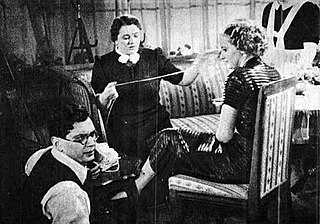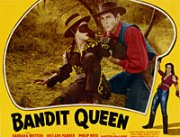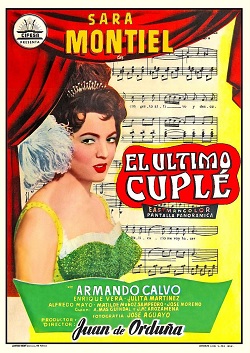A list of films produced in Spain in 1950 (see 1950 in film).
A list of films produced in Spain in 1950 (see 1950 in film).

Sofia Costanza Brigida Villani Scicolone, known professionally as Sophia Loren, is an Italian actress, active in her native country and the United States. With a career spanning over 70 years, she is one of the last surviving stars from the Golden Age of Hollywood cinema.

To Have and Have Not is a novel by Ernest Hemingway published in 1937 by Charles Scribner's Sons. The book follows Harry Morgan, a fishing boat captain out of Key West, Florida. To Have and Have Not was Hemingway's second novel set in the United States, after The Torrents of Spring.
Deva may refer to:

Luis Alcoriza de la Vega was a respected Mexican screenwriter, film director, and actor.
The Golden Age of Mexican Cinema is a historical period in the cinema of Mexico that lasted from 1936 to 1956. It was marked by the production of highly praised films that shaped Mexican national identity and culture. Films such as Los Olvidados by Luis Buñuel explored Mexico's social realities and left a lasting impact on audiences, both domestically, and internationally.

Tulio Demicheli was an Argentine born Spanish film director, screenwriter and film producer notable for his work during the classical era of Argentine cinema.

Irasema Dilián was an actress. Born in Brazil to Polish parents, she began her film career in Italy, and appeared in Italian, Spanish and Mexican films.

A swashbuckler film is characterised by swordfighting and adventurous heroic characters, known as swashbucklers. While morality is typically clear-cut, heroes and villains alike often, but not always, follow a code of honor. Some swashbuckler films have romantic elements, most frequently a damsel in distress. Both real and fictional historical events often feature prominently in the plot.

Ladislao Vajda was a Hungarian-Spanish film director who made films in Hungary, Spain, Portugal, the United Kingdom, Italy and West Germany.

Rafael Gil was a Spanish film director and screenwriter. His film La guerra de Dios (1953) won the Bronze Lion at the Venice Film Festival in 1953 and also won best film and best director at the San Sebastián International Film Festival. His film La noche del sábado (1950) was nominated for the Gold Lion at the 1950 Venice Film Festival and his film El beso de Judas (1954) was also nominated for the Gold Lion at the 1954 festival in Venice. His film Let's Make the Impossible! (1958) was nominated for the Golden Berlin Bear at the Berlin International Film Festival. He has won nine prizes of the National Syndicate of Spectacle of Spain.

José Suárez was a Spanish film actor.
Manuel Arbó was a Spanish film actor. He appeared in more than 200 films between 1915 and 1970.
The Rumberas film was a film genre that flourished in Mexico's Golden Age of Mexican cinema in the 1940s and 1950s. Its major stars were the so-called rumberas, dancers of Afro-Caribbean musical rhythms. The genre is a film curiosity, one of the most fascinating hybrids of the international cinema.

The Bandit Queen is a 1950 American Western film directed by William Berke. and starring Barbara Britton and Phillip Reed as the leaders of two Robin Hood types of bands.
Events in the year 1950 in Spain.

Last of the Buccaneers is a 1950 American Technicolor adventure film directed by Lew Landers and starring Paul Henreid as Jean Lafitte.

The Last Torch Song, better known under its Spanish title El último cuplé, is a 1957 Spanish jukebox musical film directed by Juan de Orduña and starring Sara Montiel, Armando Calvo and Enrique Vera.

Fotogramas is a Spanish digital and print film magazine which has been in circulation since 1946. It is one of the early film magazines in Spain.
Fotogramas de Plata are a series of Spanish annual film, theatre and television awards awarded by Fotogramas film magazine since 1951. The Film Awards -foreign and national- are given by specialized critics and those awarded to the performers are chosen by the public.